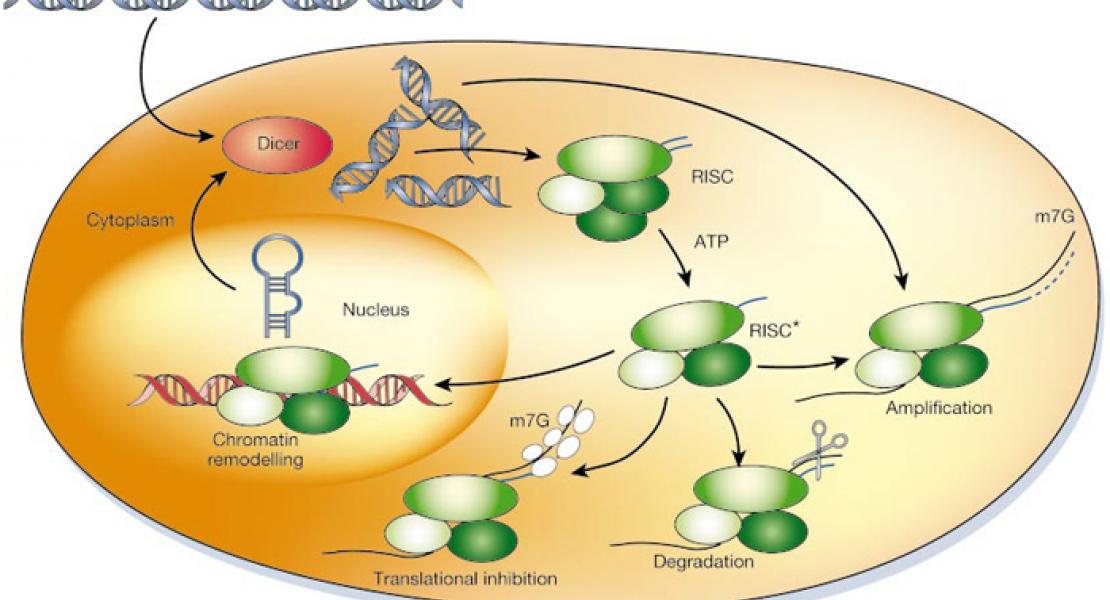MicroRNAs can generate thresholds in target gene expression

Abstract
MicroRNAs (miRNAs) are short, highly conserved noncoding RNA molecules that repress gene expression in a sequence-dependent manner. We performed single-cell measurements using quantitative fluorescence microscopy and flow cytometry to monitor a target gene's protein expression in the presence and absence of regulation by miRNA. We find that although the average level of repression is modest, in agreement with previous population-based measurements, the repression among individual cells varies dramatically. In particular, we show that regulation by miRNAs establishes a threshold level of target mRNA below which protein production is highly repressed. Near this threshold, protein expression responds sensitively to target mRNA input, consistent with a mathematical model of molecular titration. These results show that miRNAs can act both as a switch and as a fine-tuner of gene expression.
